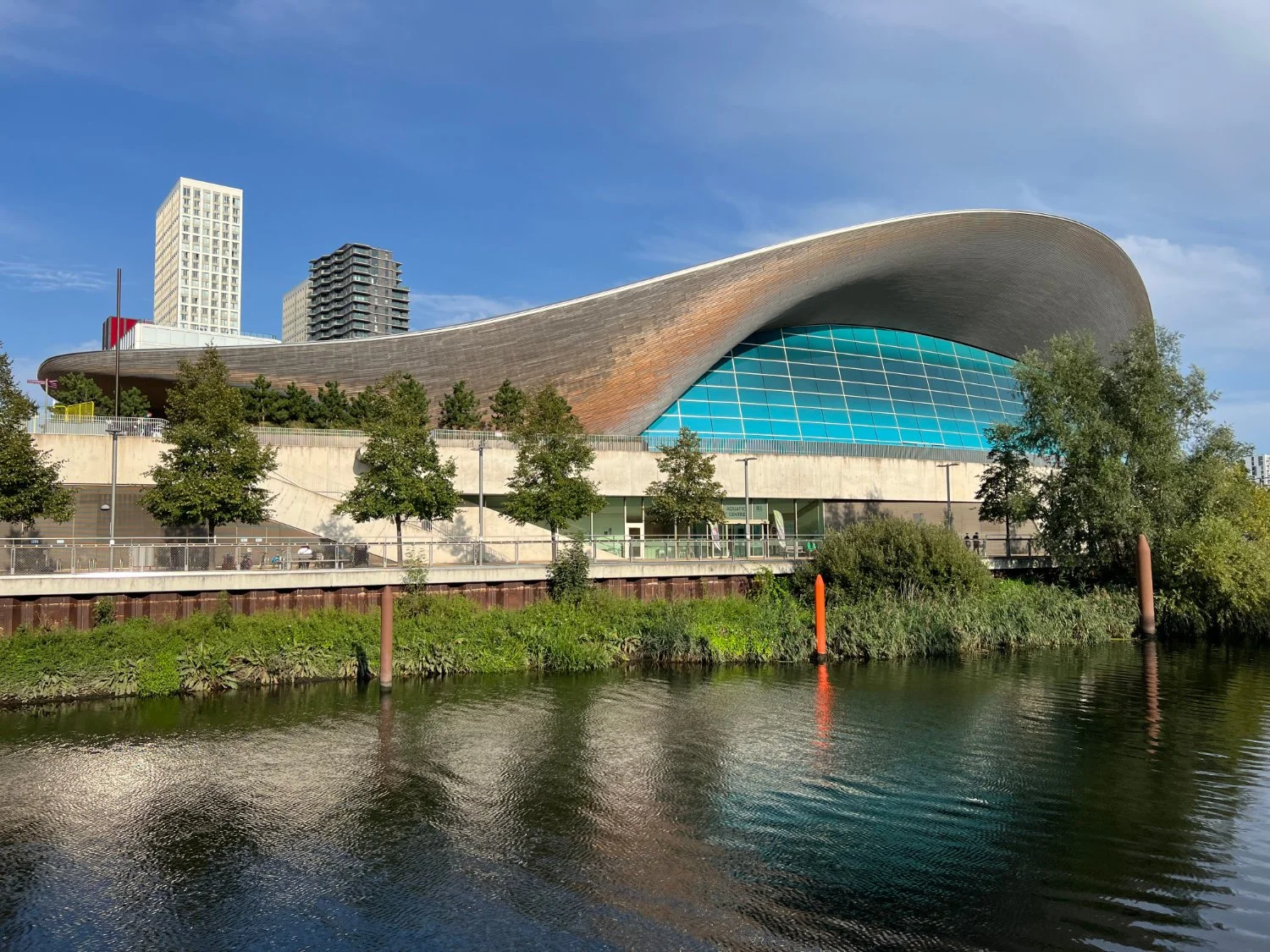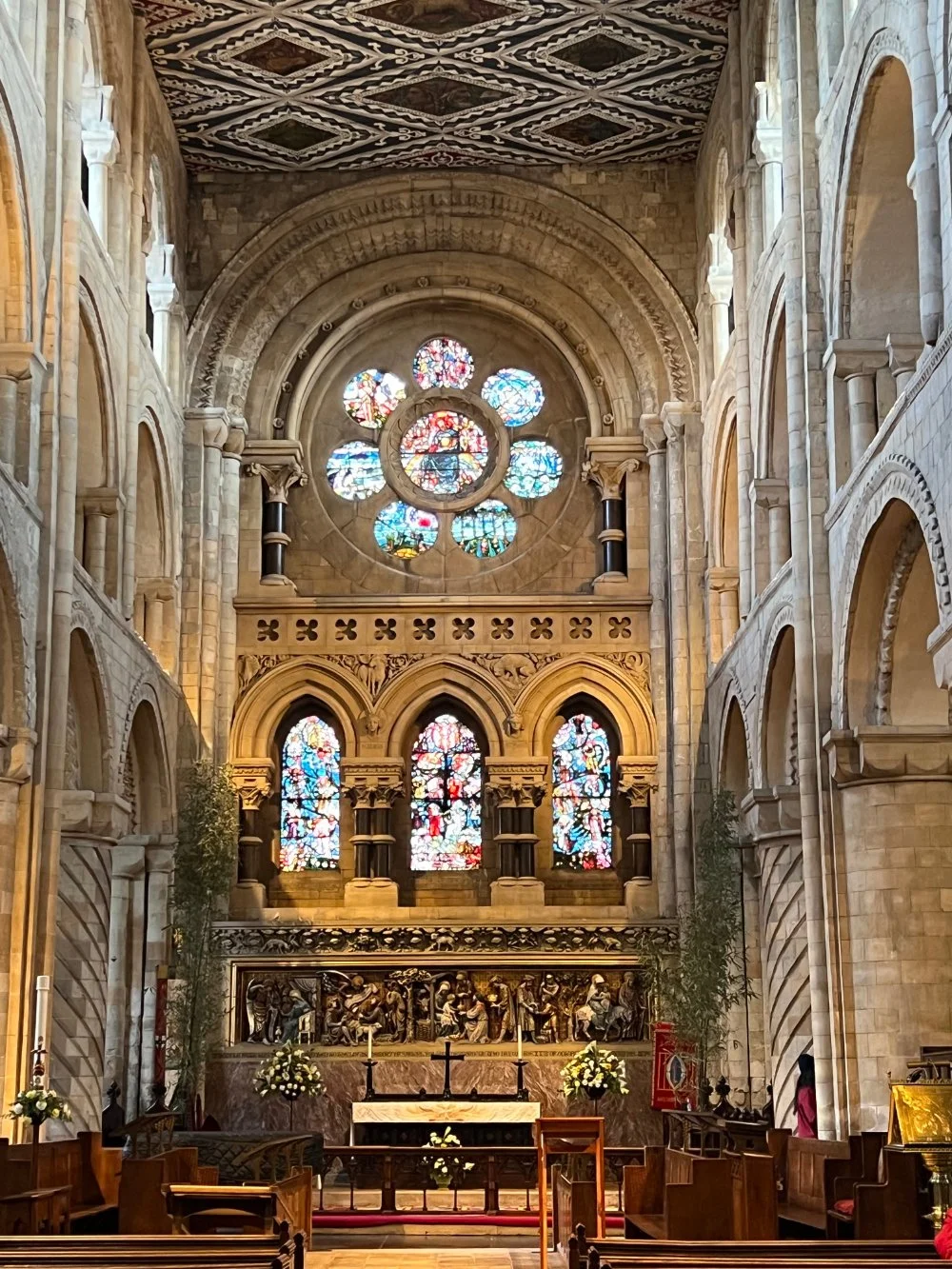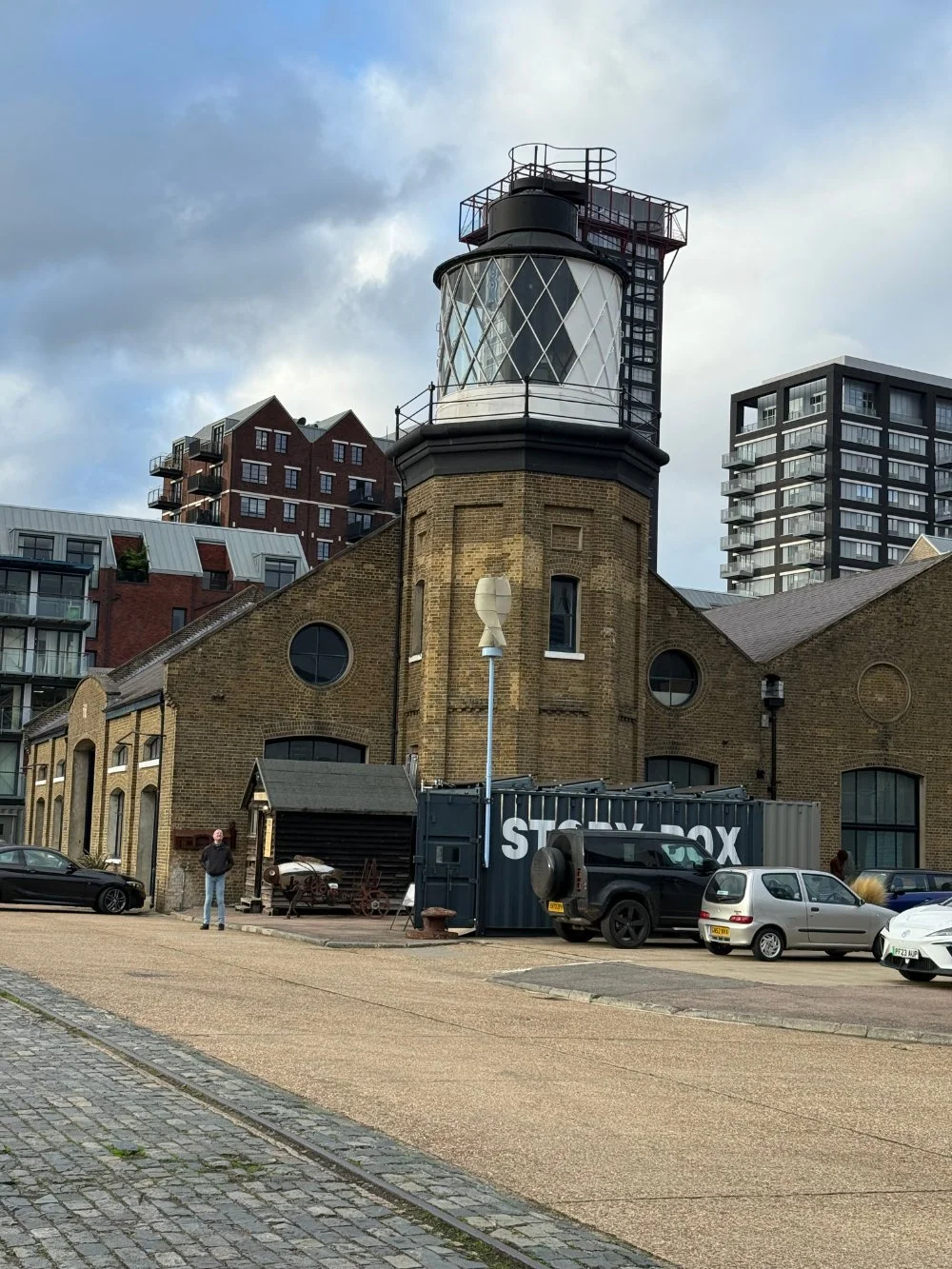32km The River Lea Cycle Route
The River Lea , Clapton
Ride overview
More than just a pretty river
The river does not shout for attention, rather it glides quietly down the eastern border of the city, like a seam. A river of invention, industry and Empire. A borderland. A liminal space between city and country.
The Lea Valley Cycle Route is one of London’s most cinematic gravel rides. Roads fall away, thickets of willow lean across the water, always a little weary looking, water meadows where horses and cattle graze, reedbeds full of singing birds in summer. The susurration of the poplars, wisps of coal smoke from the narrowboats, hedges filled with berries and flowers. Once famed for its glass, furniture and beer, gunpowder and rockets, the old river has quietened down and the countryside alternates with recycling centres, distribution sheds, depots and many pylons. Grinders and sparks, crushers, smells of baking biscuits, coffee, reeds and mud. Mural art, cafés, boats and barges, good riverside pubs, locks. It’s a heady mix of everything that a good ride in London affords; calm countryside, wetlands, urban grunge and plenty of history. And as with every good ride, there are plenty of pubs and cafés along the way.
The River Lea is probably London’s most varied, eclectic and grungy, urban river ride. The gravel under the tyres is always firm and well drained thanks to many years of boots, paws, trainers and tyres. It's flat and easy to navigate and almost entirely traffic-free. It’s a ride that’s both meditative and thrilling. A real city combination!


























Ride Practicalities
DISTANCE: 32km TOTAL ASCENT: 141m TERRAIN AND SURFACES: Well maintained, Canal towpath, gravel, shared use paths. Almost entirely traffic-free. Suitable gravel, hybrid and touring bikes DIFFICULTY: Easy-moderate RECOMMENDED CAFÈS/PUBS/: Waltham Abbey; The Gatehouse, Tottenham; The Ferry Boat Inn, Clapton; The Hope and Anchor, The Princess of Wales NEARBY MAINLINE TRAIN SERVICES: Waltham Cross, Tottenham Hale (Mainline to Liverpool Street), Stratford (Elizabeth Line) East India Dock (DLR) PLACES TO VISIT; Markfield Beam Engine, Waltham Abbey, Royal Gunpowder Mills, LINKS TO OTHER RIDES: Epping Forest Gravel ride
Ride Notes
From Waltham Cross station, head towards Waltham Abbey, a serene, heavy-walled gem of Norman architecture. In its shadow lie the remains of King Harold Godwinson, the last Anglo-Saxon king of England.
But the tranquility of the place is only half the story. Just beyond the abbey lies the former Waltham Abbey Royal Gunpowder Mills, (check for open days here). For 300 years, it was the most important explosive-manufacturing site in the world, its products shaped an Empire. Gunpowder for the naval fleets, rockets and bullets for the armies. Today, deer graze on the old blast banks. Trees sprout on old test sites. Decay and stories everywhere.
Join the towpath and let the river guide you into the heart of London. The route is flat and uncomplicated. Willows lean in like old neighbours. Herons hunch shoulders waiting for lunch, coots squabble. In autumn the hedges are a foragers dream; crab apples, haws, elderberries, blackberries. Anglers sit on the banks with the patience of monks. The fishing was made famous by Izaak Walton’s The Complete Angler, written in 1653. Walton’s Piscator informs his companion that rivers “are for wise men to contemplate and for fools to pass by”.
Autumn on the River Lea
At Enfield Lock, divert briefly into Enfield Island Village, formerly the Royal Small Arms factory, the world’s foremost producer of military rifles and swords. It is the birthplace of the legendary Lee-Enfield rifle. There are plenty of information boards detailing the history of the various buildings in what is now a modern housing development.
It is a ride of parallel lines; of straight river, canal, pylons and wires. The rhythm of the pedalling becomes almost meditative. Canal boats, some in good order, some sinking. Defiant curls of woodsmoke from narrowboat chimneys. Bricr-a-brac piled on roofs, soggy arm chairs and mattresses, the whine of a saw. Boaters always seem to be collecting or repairing something.
The Lea; a river of industry and invention famed for its furniture, glass and beer. Halfway through the ride at Ponders End, Thomas Edison and Joseph Swan created the incandescence lamp. Nearby, John Ambrose produced the world's first thermionic diode which led to the development of the radio, telephone and television. Today, amongst the scrub and weeds of abandonment, huge grey sheds replace the old and crumbling brick factories. Smells leak out of baked biscuits and brewers malt. The North London Heat and Power Project, a huge and very silent plant creating energy from waste peers over the poplars. Behind the thickets of trees are thirteen huge reservoirs which provide London with over 10% of its water.
Waltham Abbey
As you head downriver, the scene begins to transform into something more thrilling. The bridge carrying the North Circular over the river is a cavernous concrete cathedral whose walls are covered in eclectic murals, including imaginative collages consisting of innards from discarded software. Boaters use the shelter of the bridge to repair their leaky craft.
A pause at a riverside pub is an essential part of the ride. Tottenham has the lively Ferry Inn, Clapton, The Hope and Anchor, and the Princess of Wales. The former is a small, traditional and cozy pub. Coffee, soup and buns are available from an adjoining shed. The latter, two kilometres further on, which whilst not brimming with character, has good food and beer.
Walthamstow Marshes look as if they have never been disturbed by noise and industry. Even today cattle graze, hay is made, winter floods revitalise the land. Yet, under the railway arches at the far end of the marshes on June 5th 1909, Alliot Verdon Roe flew the first all-British powered aeroplane. It flew a full 15 metres. By July 23 the plane had flown 280m across the marshes. Roe went on to develop some of Britain’s most iconic planes including the Lancaster and the Vulcan bombers.
The lighthouse at Trinity Buoy Wharf
The towers of London begin to take shape as you ride south. The texture of the riverscape changes too. Industry is left behind, replaced by sculptural installations and murals.. Lively cafés and art centres. Where once there were Middlesex Settling Beds, now there is Paula Haughney’s granite artwork, known as ‘London’s Stonehenge’. The old polluted gas manufacturing site today transformed into the Queen Elizabeth Olympic Park; sublime modern architecture, gracious gardens and welcoming spaces. Anish Kapor’s AcelorMittal, that tower of steel which pirouettes into the sky. Exiting the Olympic Park, you ride The Line, an outdoor sculpture trail.
The river writhes and twists as it approaches the Thames. Reeds whisper on the banks, waders poke in estuarine mud. Interlocking peninsulas feature a nature park and a colourful set of tower blocks. Original functions repurposed; Three Mills Island, once the largest tidal mill in the UK, now TV studios (MasterChef), Coby Dock, a café and arts centre and the East India Dock far from being at the heart of Empire bristling with trade and goods, is a mere shallow pool, home to ducks, silt and reeds. A melancholy place. There is no greater illustration of the collapse of Britain’s might.
Towards the end, there’s a short section of road riding through a grungy industrial estate, then more cycle paths take you past the former Thames Iron Works and Shipbuilding Company (where West Ham FC began), past the Mather Whale Oil building, to finish beside London’s sole lighthouse on Trinity Buoy Wharf. It’s an extraordinary area, once heavily industrial, now home to arts, a ballet company, even an American diner. Fantastical sculptures appear on walls. A taxi is beached on top of a cafe.
The route map takes you through the post industrial landscape to East India Docklands Railway station. Take your bike for free (between 09.30- 16.00).
All the details given on this route are given in good faith. However, situations on the ground can change, so if you know of any access issues, closures, or have any thoughts and feedback on the route, please include them in the comments section below.
Please subscribe to the website so as to be alerted to new great routes
WINNER:BEST EUROPEAN GUIDED RIDES EXPERIENCE 2025
wheremywheelsgo.uk is a Feedspot UK Cycling top 20 website



